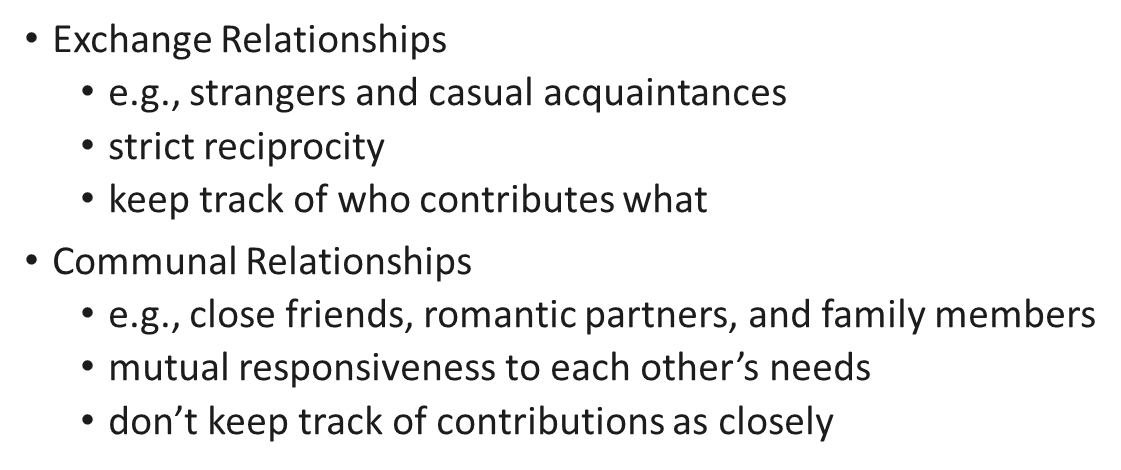(DONE) Week 4- Attraction and Relationships
1/30
There's no tags or description
Looks like no tags are added yet.
Name | Mastery | Learn | Test | Matching | Spaced |
|---|
No study sessions yet.
31 Terms
Need to Belong (Baumeister & Leary, 1995)
People have a fundamental need to belong
→ we require frequent positive interactions with one or more others in the context of stable, supportive relationships
We react strongly to successes and failures in the belonging domain
We engage in behaviors to fulfill our need to belong
can be satiated
relationships are substitutable
Part 1: Determinants of Initial Attraction
•Proximity/exposure
•Similarity
•Reciprocal liking
•Physical attractiveness
Proximity/Exposure
How close does the person live?
Festinger et al. (1950)
•university married housing residents started out as strangers, randomly assigned to apartments
•17 two-story buildings
•name their 3 closest friends in the complex
•65% lived in same building
→41% of neighbors listed each other
→22% of those two doors apart
→10% opposite ends of hall
Those living by stairs and mailboxes had more upstairs friends
• Functional distance
Classroom Study ( Moreland & Beach, 1992)
•Female confederates attended class 0, 5, 10, or 15 times
•Confederate sat quietly in front row
•End of semester, students viewed slides of the women and rated their attractiveness

Reasons for Proximity Effect
•more likely to cross paths
•mere exposure effect
→the more often we are exposed to a stimulus, the more we come to like that stimulus
→even if we have no conscious recognition of it
→Why?
•Exposure increases perceptual fluency (easy to process), which feels good
•Repeated exposure to object + nothing bad happened = safe
Similarity
•People tend to become involved romantically with others who are equivalent in their physical attractiveness
•Friends, dates, and marriage partners resemble each other on demographic variables
→ age, education, race, religion, height, IQ, socioeconomic status
•opinions and personality
•interpersonal style
•interests and values
Two-stage model of the attraction process
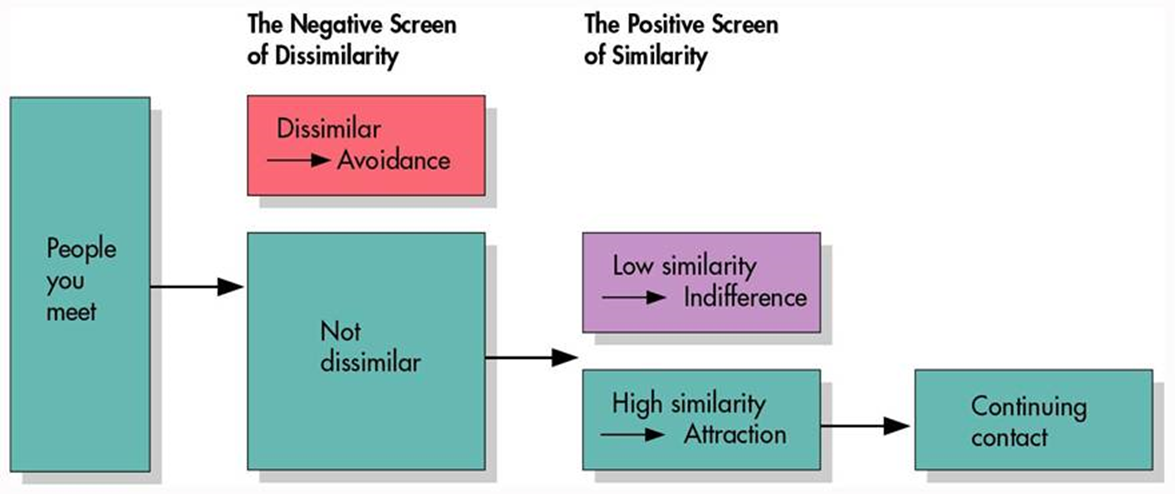
Reasons for Similarity- Attraction
•Social validation function
•When others share our attitudes and beliefs, it makes us feel like we are right
•Attributions for disagreement
•When others disagree with us on important issues we may attribute it to an unpleasant, immoral, weak, or thoughtless character
•Reciprocal liking
•We assume that similar others will like us

Reciprocal Liking- Curtis and Miller (1986)
•Participants are paired up
•Independent Variable
•Experimenter tells you the other participant likes you or doesn’t like you
Dependent Variables
•How much do you like the person?
•How do you act toward them when you meet again?
•How much do they like you?
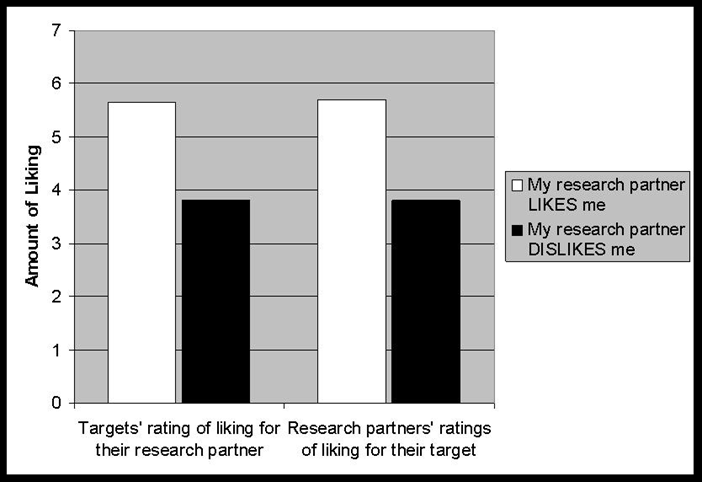
Reasons for Reciprocal Liking
•Rewarding
•It feels good to be around someone who likes us
•Similarity
•We like ourselves
Exceptions to Reciprocal Liking
•Playing hard to get
•We prefer people who are moderately selective compared with those who are nonselective or too selective
•Standards, uncertainty, reactance
•Role of self-esteem
•low self-esteem participants prefer to meet and talk to people who criticized vs. praised them
•Self-verification
Physical Attractiveness
More attractive= more positively you are viewed
→Babies look longer at attractive faces
→Attractive experimenters get more signatures
→Attractive suspects get lower bail and fines
→Attractive people get paid more
•What do people find attractive?
→Smooth skin, pleasant expression, youthfulness
→Symmetry
→Body shape
•.7 waist-to-hip ratio in women (fertility)
•Tapering V-shape (muscles) and height in men
Composite Faces (Langlois & Roggman, 1990)
•Participants rate many faces merged together by a computer as more attractive than the component faces (Langlois & Roggman, 1990)
•Composite faces are more familiar and prototypical
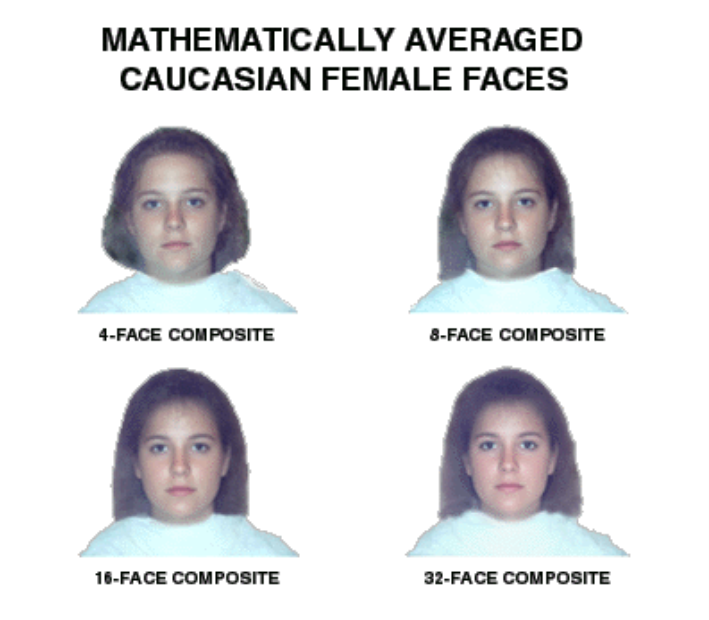

Not all Composites are equal!
•Composites are rated as more attractive when they
•are made out of attractive vs. average faces (Perrett, May, & Yoshikawa, 1994)
•contain a picture of us! (Little & Perrett, 2002)
Why do we like attractive people?
•Rewarding to be in the company of people who are aesthetically appealing
→Possible intrinsic and extrinsic rewards
•What-is-beautiful-is-good stereotype
→We associate physical attractiveness with other desirable qualities
Stereotypes about attractive people
Attractive people are judged to be
→more socially competent
→sociable, extraverted, and popular
•more sexual, happier, and more assertive
•higher in personal strength (U.S. and Canada) or integrity and concern (Korea)
Is it true?
→Physical attractiveness is not related to objective measures of intelligence, personality, adjustment, or self-esteem (Feingold, 1992)
→But good-looking people do have more friends, better social skills, and a more active sex life
Self-Fulfilling Prophecy -Snyder, Tanke, and Berscheid (1977
•Male participants talked to female participants over the phone, saw picture of attractive or unattractive female who they thought they would talk to
•How did male participants act on the phone?
→warmer/more sociable to “attractive” female
•How did the women respond?
•those talking to male participants who thought they were attractive were rated by independent coders as more
→attractive
→confident
→animated
→warm

Attraction
Beauty has costs
Cannot tell why you are receiving attention
→ Attribute favorable report about quality of work to looks when seen by evaluator (Major et al., 1984)
•Pressure to maintain appearance
→Exercise
→Steroids and eating disorders
→Modern mania for slenderness and the influence of the media
Summing up Determinants of Initial Attraction
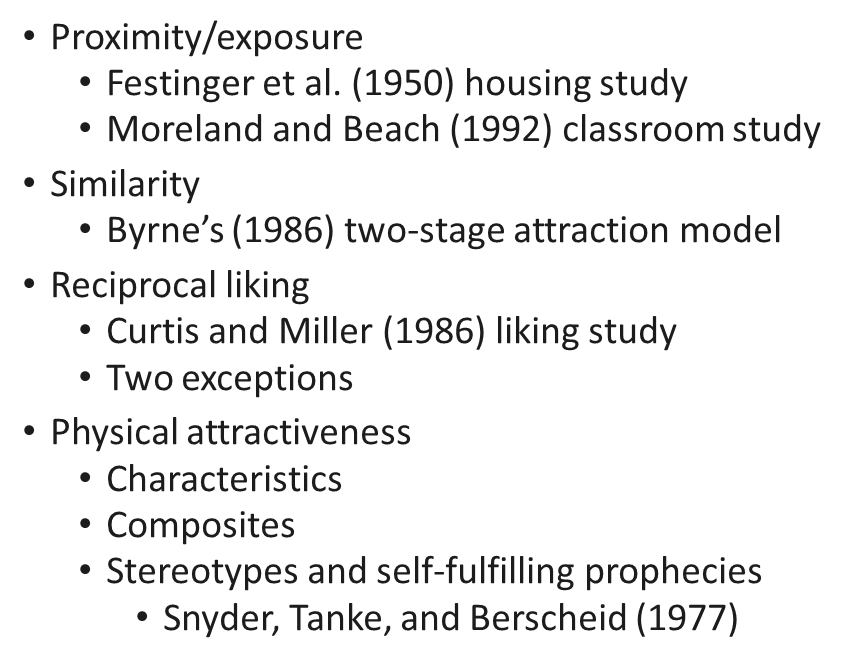
Part 2- Evolutionary Perspective
Mate preferences
Conspicuous consumption
Evolutionary Perspective
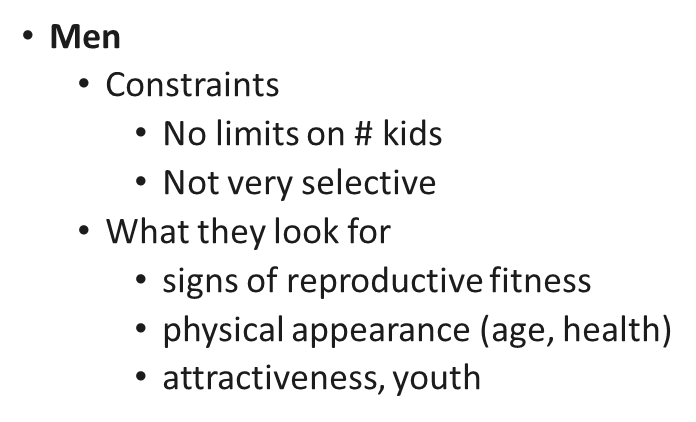
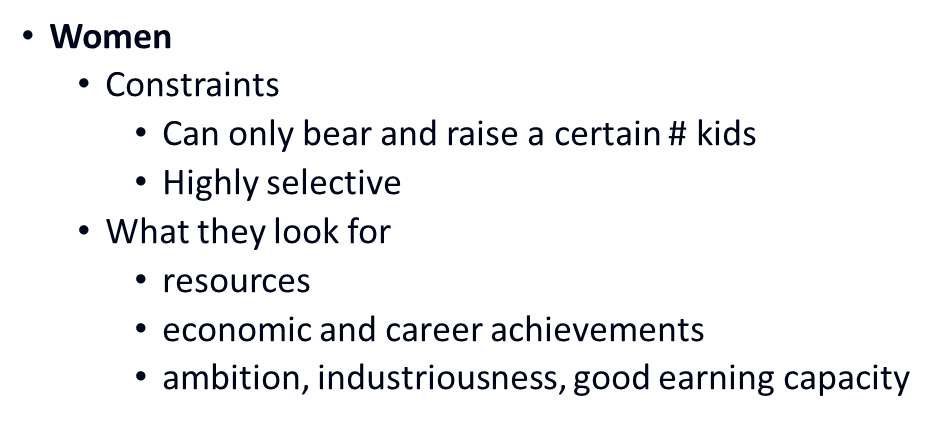
Evidence


Conspicuous Consumption (Sundie etal, 2011)
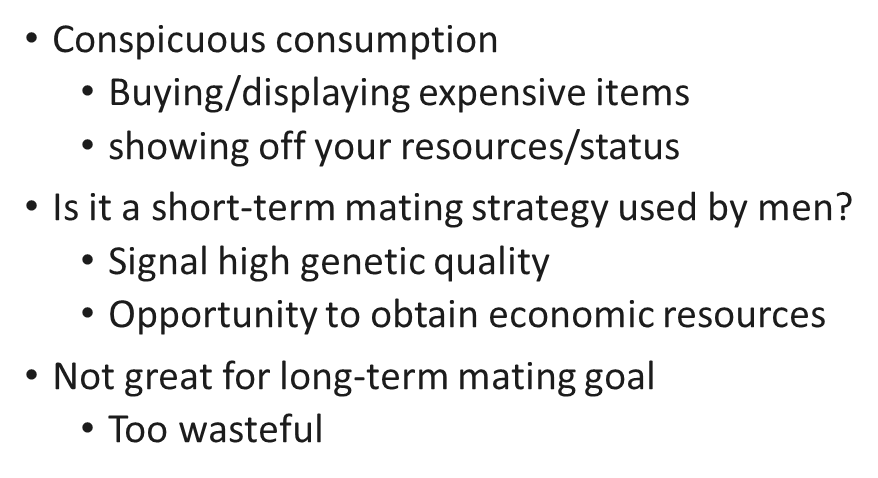
Who engages in conspicuous consumption?
(Sundie et al., 2011)
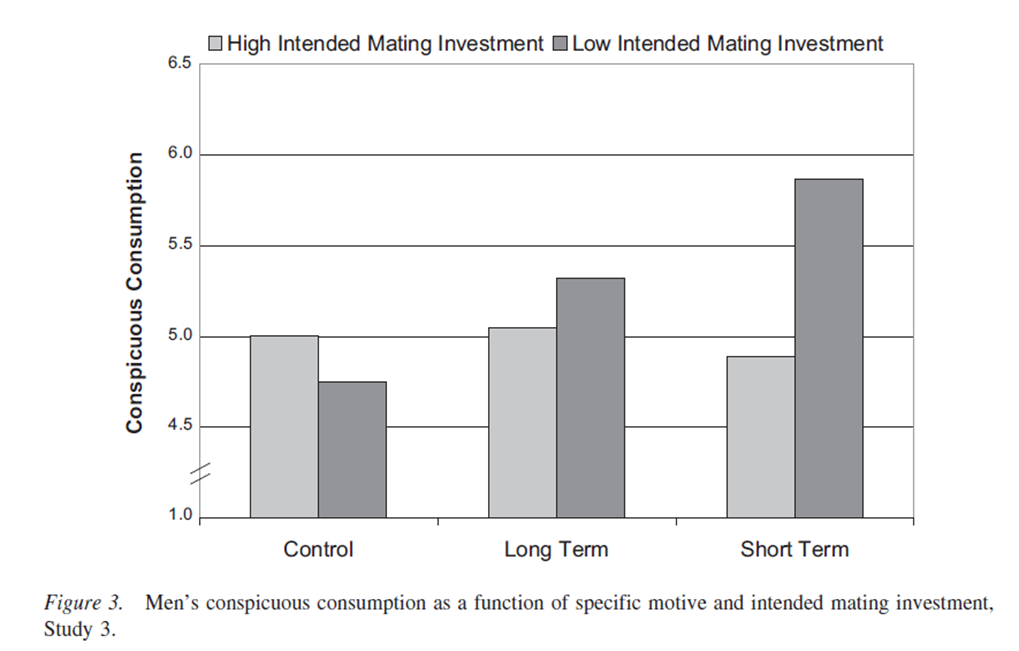

Perceptions of conspicuous consumption
(Sundie et al., 2011)

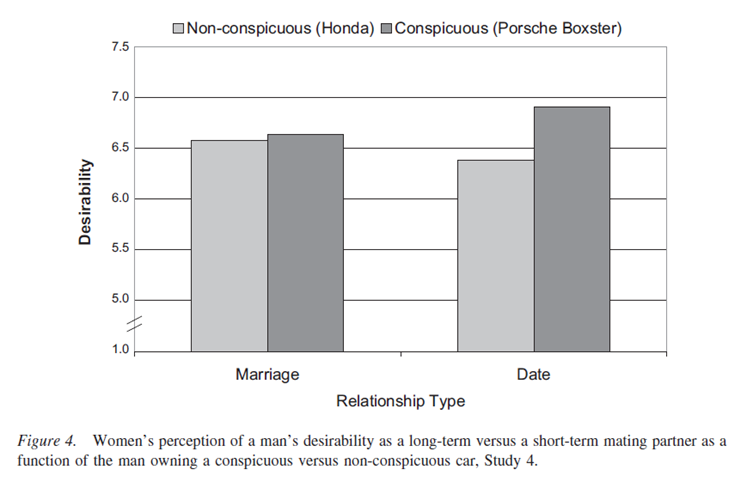
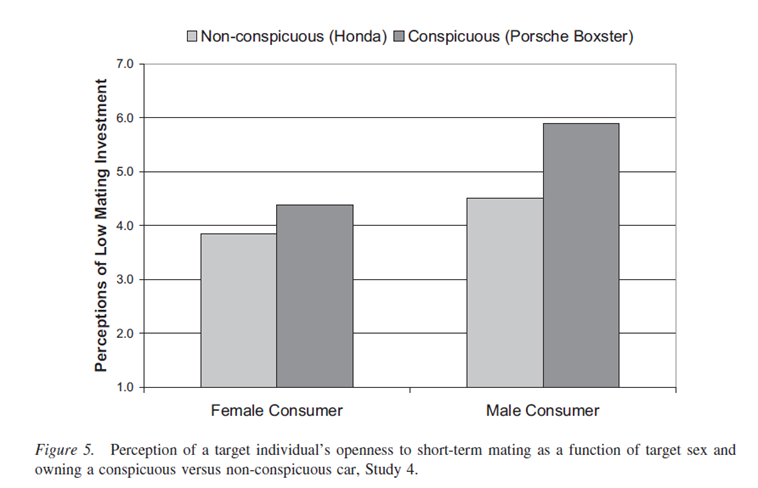
Part 3- Close Relationships

Triangular Theory of Love (Sternberg, 1988)
•
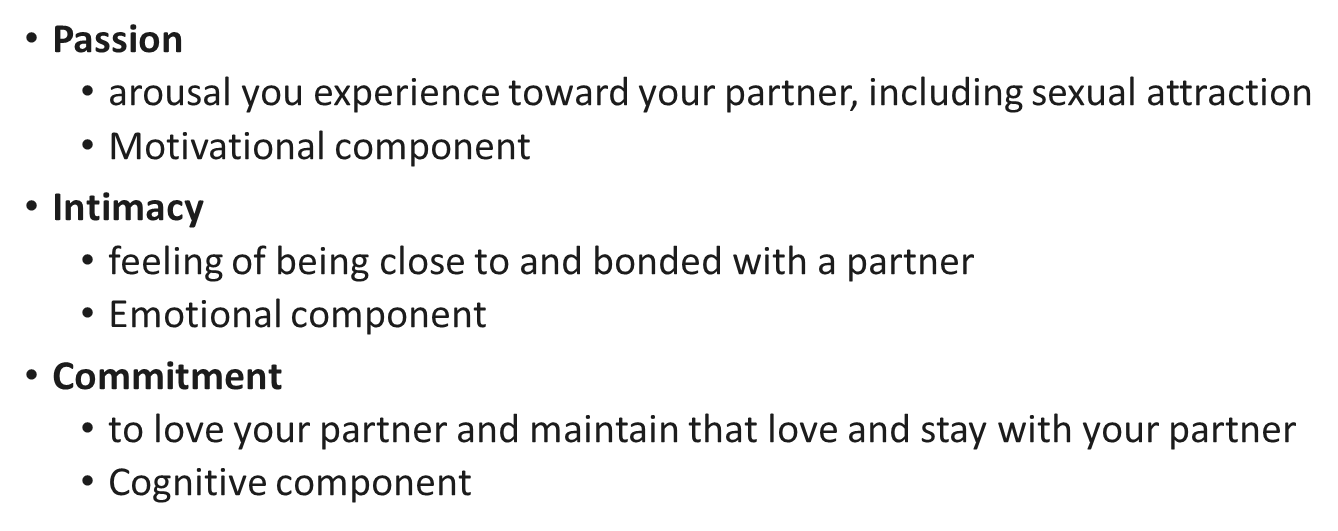
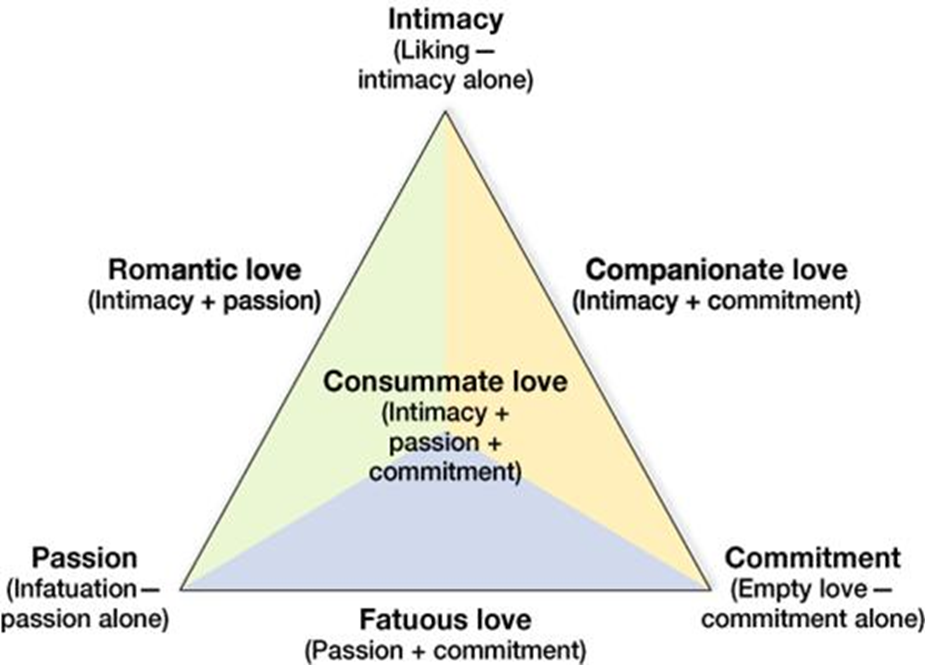
Intimacy
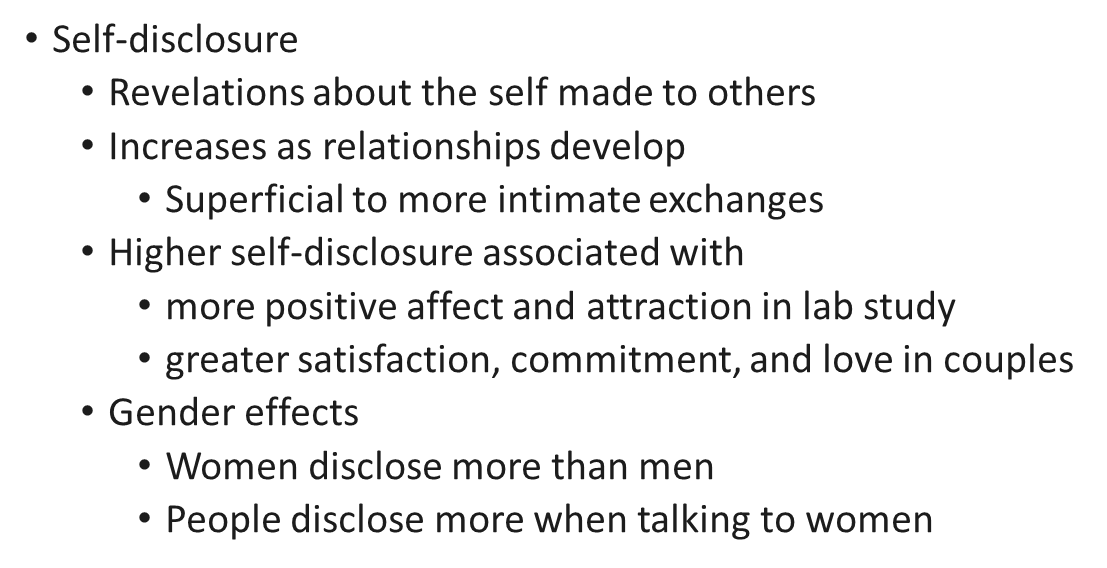
Passion and Misattribution of Arousal


Social Exchange Theory




Investment Model (Rusbult, 1983)
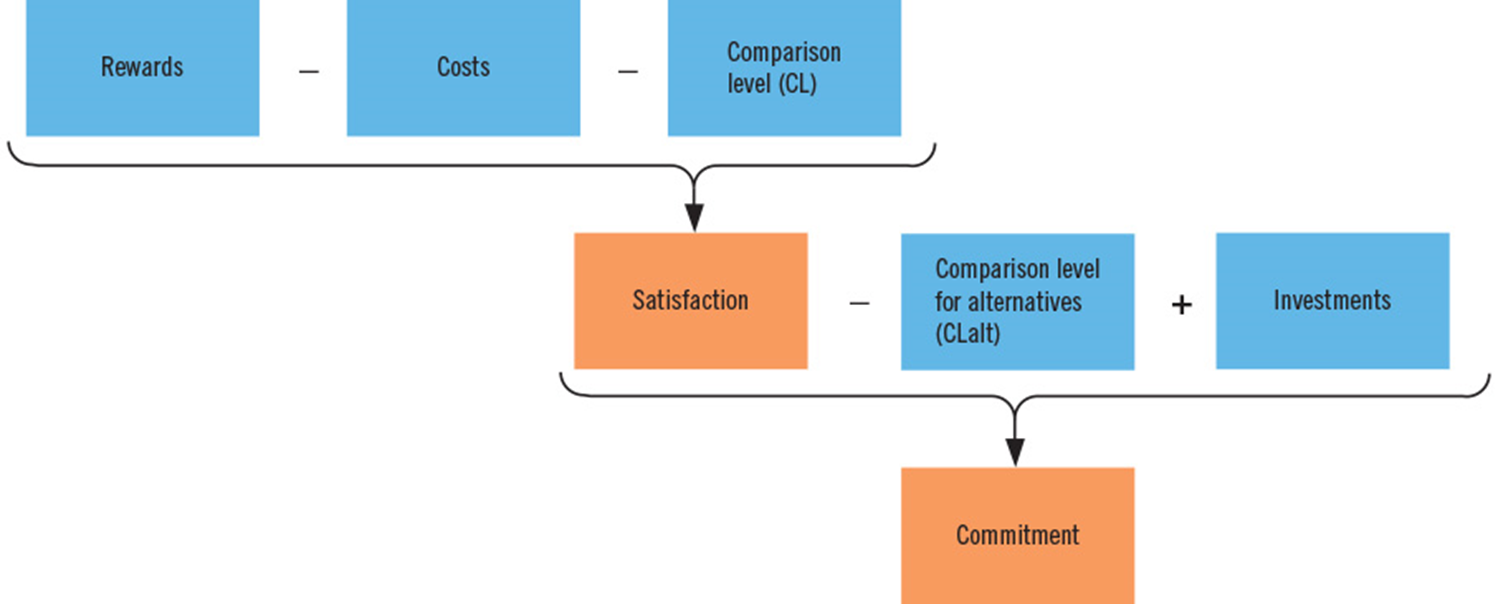

Equity Theory and Type of Equity Concerns

Type of Equity Concerns
